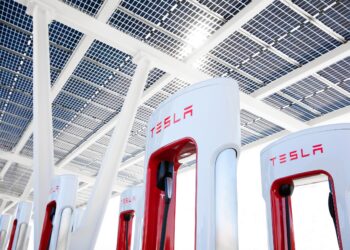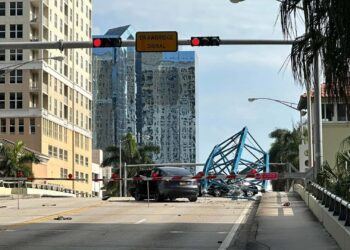Tesla’s Megapack power storage systems are being deployed around much of the world, effectively offering massive batteries for storing energy from renewable sources such as solar or wind energy. In a recent update, Tesla shared a new milestone it recently reached with its Megapacks, highlighting the company’s continued progress in helping the world transition to clean energy.
On Tuesday, the Tesla Megapack account on X posted that it has reached a milestone of 12 GWh of operating industrial storage at 99 percent availability across its projects.
Congratulations Megapack team on 12 GWh of operating industrial storage at 99% availability! pic.twitter.com/IVsgAprYlS
— Tesla Megapack (@Tesla_Megapack) December 12, 2023
One user with a keen eye spotted that the dirt in one of the photos appears to be photoshopped, though it’s not clear why Tesla or another party would have done so.
In any case, Tesla has been establishing energy storage sites with Megapacks, sometimes a single unit and other times several, in several places globally, including multiple “Big Battery” projects in Australia and Europe, solar projects in California in the U.S., a Panasonic test site in Japan and elsewhere. The company also has Megapacks in use at many of its own facilities, including its Gigafactory in Austin, Texas.
The renewable energy storage systems are typically used to support a region’s electrical grid at times of peak demand or to provide backup power during weather outages, though they can largely be thought of as giant batteries for holding onto generated power.
On its website, Tesla says each Megapack unit can store more than 3 MWh of energy, which it says is enough to power an average of 3,600 homes for one hour. By this metric, the 12 GWh of currently available Megapack storage should be expected to power as many as 14.4 million homes for an hour.
Tesla also says that its Lathrop, California “Megafactory,” which produces the Megapacks, can produce 10,000 units annually, equating to around 40 GWh of clean energy storage.
Updated 1:36 p.m. MT: Corrected calculation in sixth paragraph after incorrectly writing that the Megapacks could power an average of 14,400 homes for an hour.
Tesla Megapack fire in Australia did not start from battery modules: analysis
What are your thoughts? Let me know at zach@teslarati.com, find me on X at @zacharyvisconti, or send your tips to us at tips@teslarati.com.









